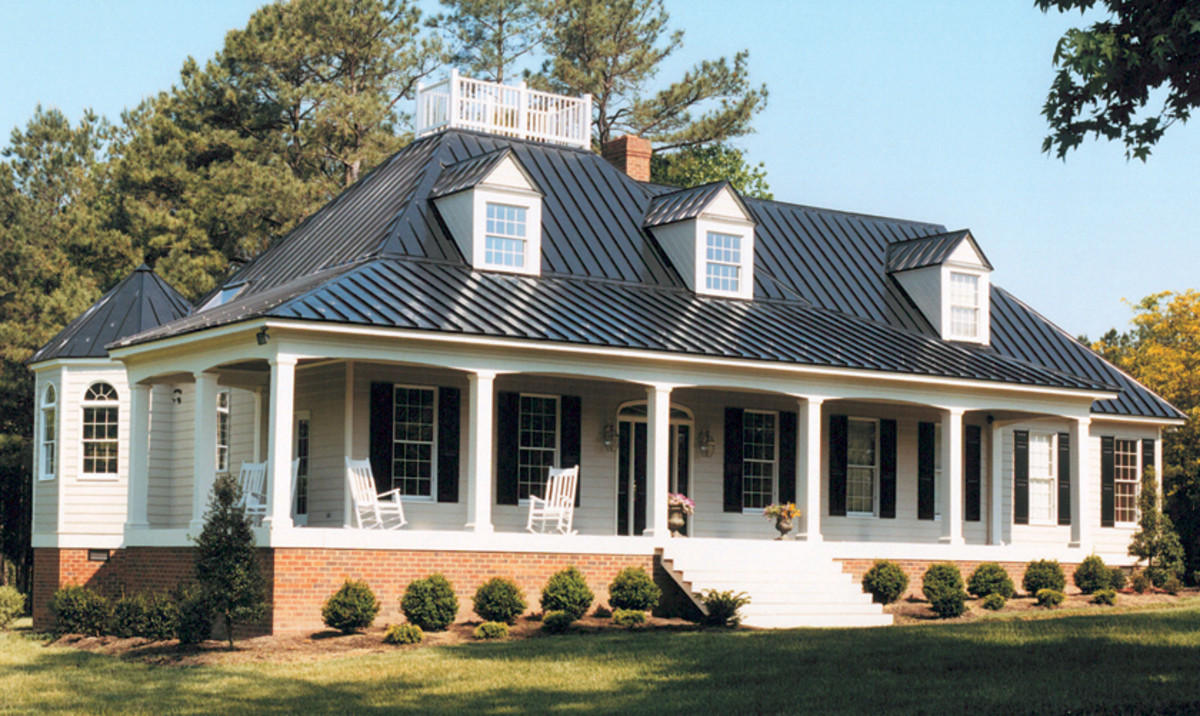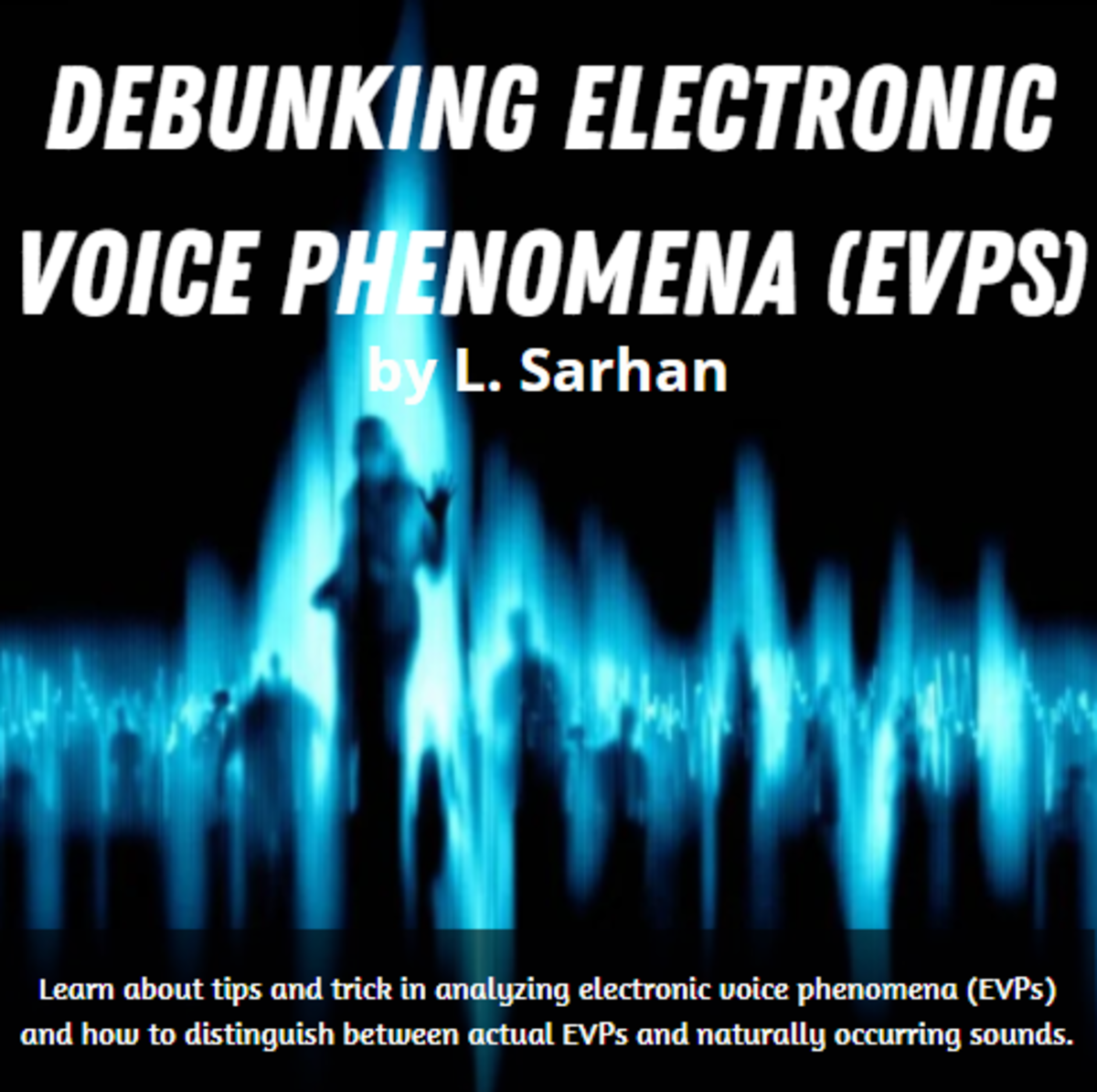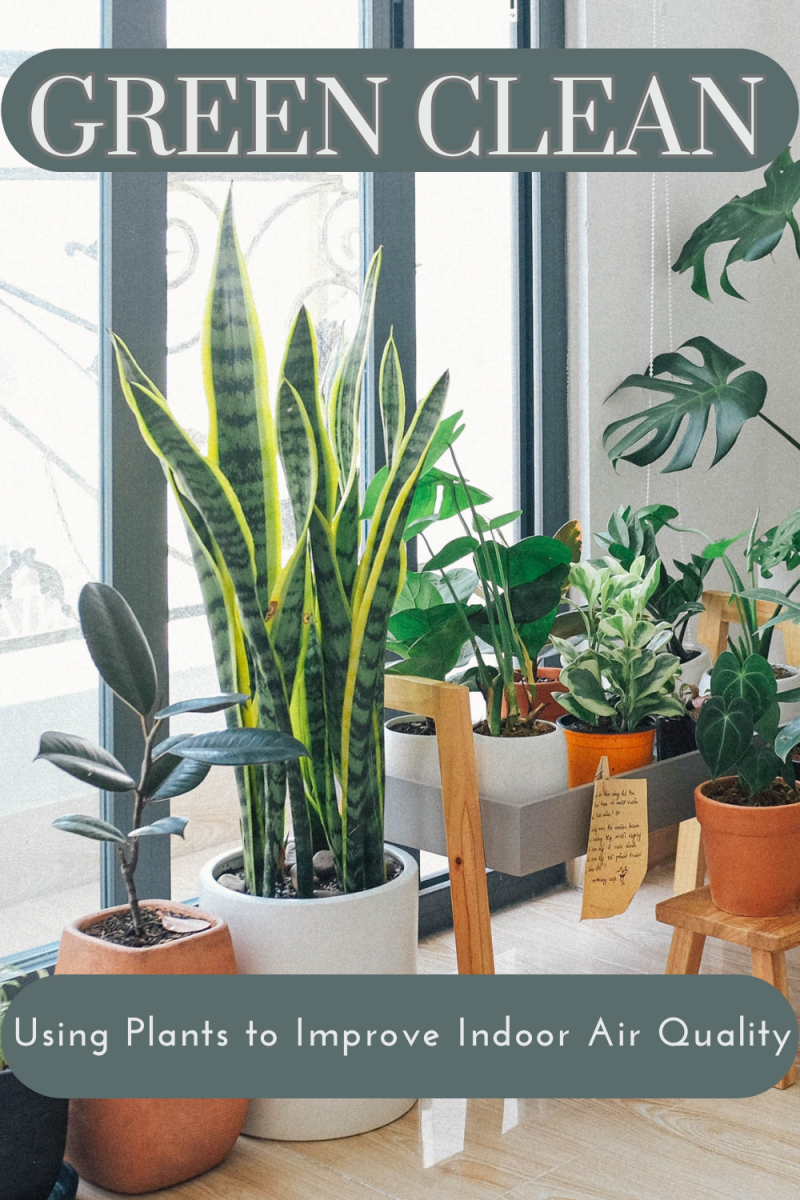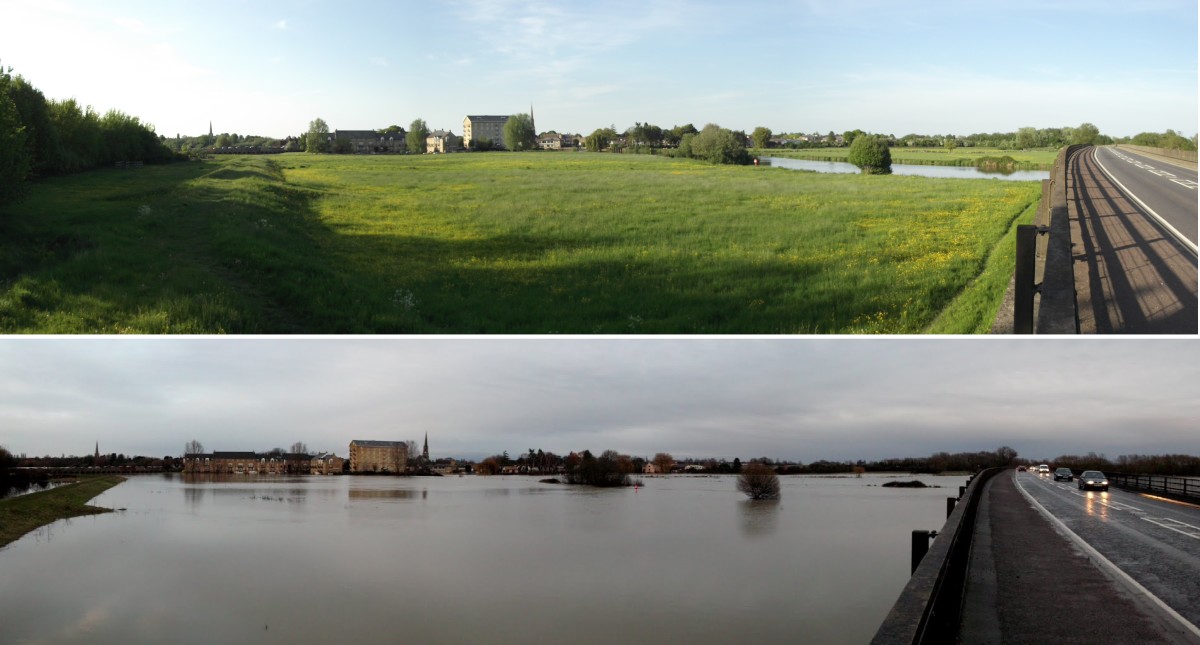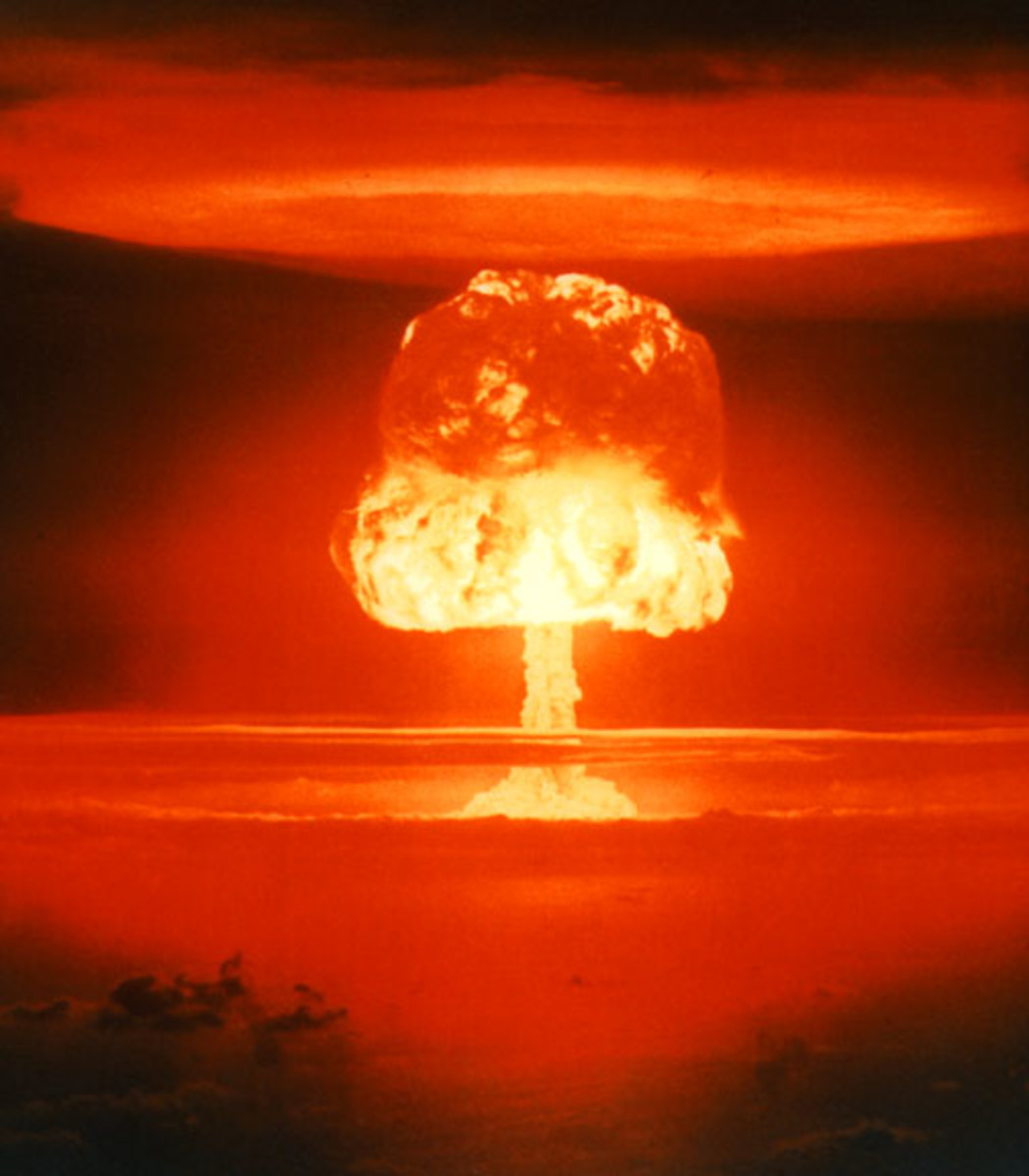What Is A Vapor Intrusion Investigation? Identifying Indoor Air Pollutants
A Leaking Underground Storage Tank Could Cause A Vapor Intrusion Problem
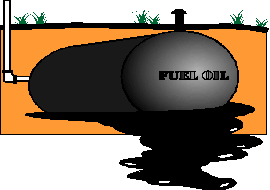
One of the biggest changes in environmental regulation and compliance in recent years has been the growing concerns and regulatory actions regarding vapor intrusion from ground water contaminant plumes. Vapor intrusion from contaminants in ground water can lead to elevated indoor air pollutants within buildings. Many building owners have heard of vapor intrusion but wonder what is a vapor intrusion investigation? A vapor intrusion investigation involves sampling air beneath, and sometimes inside, a building to determine if a ground water contamination plume beneath or near a property is impacting the indoor air quality within a building and to identify indoor air pollutants that are entering a building.
The reason why vapor intrusion is such a big concern is that in order for contaminants in the soil or ground water to negatively impact human health, they have to have a pathway into the human body, and it is now understood that vapors from ground water contamination is a contaminant pathway to humans. In the early years of environmental regulation, regulators focused on pathways such as contaminated soil that could be breathed in or digested or contaminated water that could be consumed and digested, and overlooked the potential for contaminants entering the human body from the indoor air pollutants that were caused by vapors intruding into a building from a nearby ground water contamination plume. Vapor intrusion investigation has become large enough concern in the environmental and risk assessment communities that the American Society for Testing and Materials (ASTM) is considering including vapor intrusion assessment as part of the updated 2013 Phase I Environmental Site Assessment ASTM standard.
What Is A Vapor Intrusion Investigation? | Determining If Vapor Intrusion Investigation Is Necessary
The first step in determining whether a vapor intrusion investigation is necessary for a building is to determine if a ground water contaminant plume is beneath or near a building. Making this determination varies based upon location, but many governmental environmental agencies keep records of properties with ground water contaminant plumes that can be reviewed. In some cases, information about ground water contaminant plumes is provided by regulatory agencies online and even depicted graphically. The graphic depiction of a ground water contaminant plume (pink area) below is what an environmental investigator would look for when trying to find a ground water contaminant plume that may warrant a vapor intrusion investigation of buildings above and near a plume.
A Graphical Depiction of a Ground Water Contaminant Plume
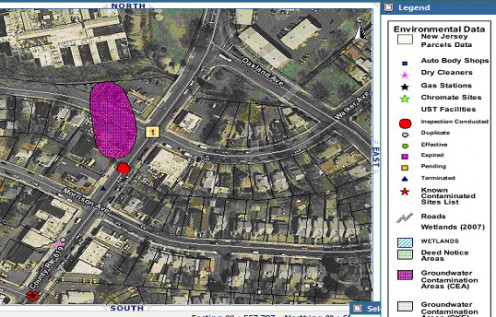
If there is a ground water contaminant plume beneath or near a building and the plume contains chemicals that are considered volatile organic compounds (VOCs) or solvents, then vapor intrusion is a concern for buildings above and near the plume, and a vapor intrusion investigation may be required by environmental regulators or by a prospective property buyer. The volatile organic compounds (VOCs) or solvents in the ground water contaminant plume evaporate, turn into a gaseous state, migrate upwards towards the surface of the earth, and then enter buildings at the surface, which can harm the health of building occupants.
What Is A Vapor Intrusion Investigation? | Identifying Indoor Air Pollutants
When a determination has been made that a vapor intrusion investigation is necessary, the a vapor intrusion investigation is typically implemented in the following way.
- A walk-through site assessment is conducted in the subject building to evaluate the potential vapor intrusion pathways into the building, such as cracks in the floor and drains, and to identify chemicals present in the building that may be contributing to indoor air pollution, such as solvents used for cleaning or industrial processes.
- Local regulatory guidelines are reviewed to determine how many samples are necessary to complete the vapor intrusion investigation in accordance with the rules and regulations within the jurisdiction in which the vapor intrusion investigation will be performed.
- Sub-slab or near-slab air samples are collected in or near the building that is the subject of the vapor intrusion investigation. Sub-slab samples are collected by drilling through the floor on the lowest level of the building and collecting an air sample from the subsurface with an air pump. Near-slab samples are collected in a similar manner, but are collected directly outside of the subject building.
- In many cases, indoor air samples are collected at the same time during the sub-slab or near-slab air sampling event. Indoor air samples are typically collected on the lowest level of the building, such as the basement or first floor. An outdoor air sample is typically collected from an upwind location to serve as a quality control sample. Indoor air samples are often held, pending the results of the sub-slab or near-slab air sampling, and only analyzed if the sub-slab or near-slab air samples indicate that vapors are present in the subsurface beneath the subject building above regulatory thresholds.
- The air samples collected during the sub-slab or near-slab air sampling event are analyzed for volatile organic compounds (VOCs) using the United States Environmental Protection Agency (USEPA) Method TO-15. If the air samples indicate the presence of vapors above regulatory guidelines, indoor air samples collected from the lowest level of the subject building are analyzed. If the indoor air samples collected from the lowest level of the subject building indicate the presence of vapors above regulatory guidelines, indoor air samples collected from the next level of the subject building are analyzed.
- The findings of the vapor intrusion investigation are summarized in a report that is prepared by the environmental consultant that collected the samples, with recommendations for vapor intrusion mitigation actions, if necessary.
Remedial Actions After A Vapor Intrusion Investigation Identifies Indoor Air Pollutants
If a vapor intrusion investigation indentifies indoor air pollutants above regulatory action levels inside of a subject building, vapor intrusion mitigation actions are designed and implemented by environmental professionals. Vapor intrusion remedial actions may include improving air-flow from inside a building to the exterior to improve ventilation and indoor air quality or installation of a sub-slab depressurization system to prevent vapor contamination from entering a building and affecting indoor air quality. If a new building is being constructed in an area that has a vapor intrusion concern, a thick impervious liner is placed in the building excavation to prevent vapor contamination from entering the newly constructed building and affecting indoor air quality.
A vapor intrusion investigation has become a routine part of comprehensive environmental investigation activities to protect the health of building occupants. Vapor intrusion investigation is also a concern when performing risk management due diligence efforts while a property is under consideration for purchase, which is why ASTM is considering including vapor intrusion assessment as part of the updated 2013 Phase I Environmental Site Assessment ASTMstandard.
Related Articles
- Phase I Environmental Site Assessment | Environment...
A Phase I Environmental Site Assessment (Phase I ESA) is the initial step in the environmental due diligence process when buying a commercial or industrial property. Learn more about Phase I ESAs. - Bioremediation | Using Microorganisms to Cleanup Tox...
Looking for a cheaper and faster way to treat ground water contamination, environmental scientists noticed that some sites that had high levels of naturally occurring microorganisms in the ground water responded more quickly to remediation efforts. - Phytoremediation | Using Plants To Clean Up Toxic Wa...
Phytoremediation is the in-situ treatment of environmental contaminants through the use of plants that remediate the environmental pollution naturally. - Electrical Resistance Heating Environmental Remediat...
Electrical Resistance Heating remediation involves passing an electric current through a soil or ground water contaminant area. This is done by installing subsurface electrode elements that facilitate the flow of electrical current below ground.
Vapor Intrusion Investigation
This content is accurate and true to the best of the author’s knowledge and is not meant to substitute for formal and individualized advice from a qualified professional.
© 2013 John Coviello

